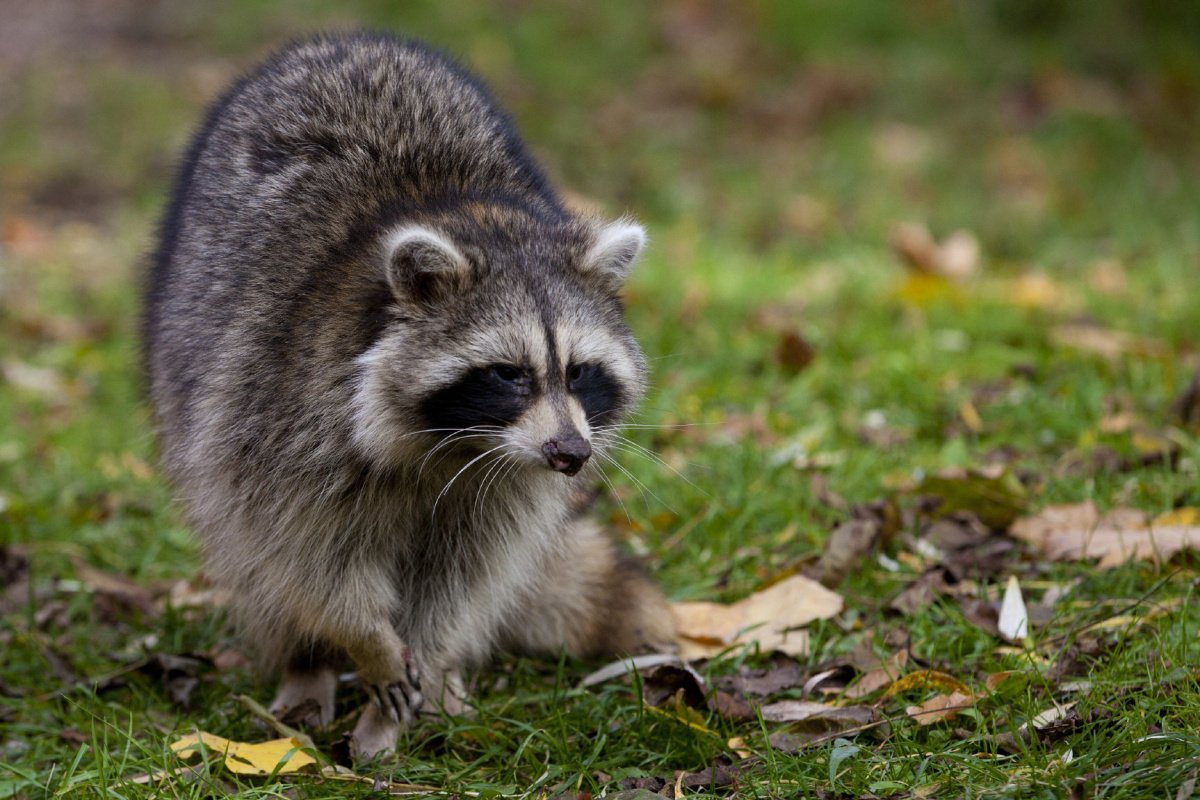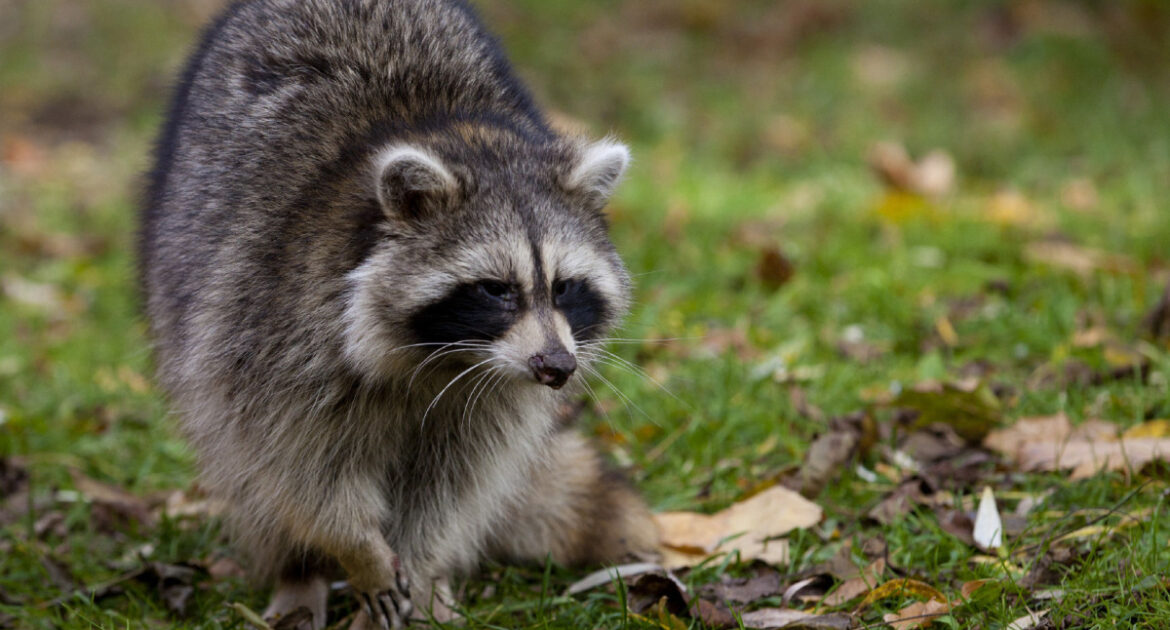Toronto and its surrounding areas are an excellent place to call home. However, it is also a place that many animals call home, some more dangerous than others. Stay safe and keep your pets safe by learning how to spot common animals around the area. Explore reasons they can be dangerous, where you may spot these animals on your property and why you should immediately contact Skedaddle Toronto for humane wildlife prevention.
Common Animals in Toronto
Most animals in the city are not a cause for concern. Deer, turtles, and hawks all cause little or no damage to your property and rarely affect your health or safety. However, the following animals can be more of a nuisance to your home and health:
- Rats and mice
- Raccoons
- Squirrels
- Bats
- Skunks
- Opossums
While some animals are merely a nuisance on your property, these animals are known to look for ways inside your home, for food and/or shelter. Whether by accident or on purpose, mice, raccoons, squirrels, and bats often chew through materials or enter through pet doors, open windows, or doors to find a new home in your attics, basements, and sheds.
While these animals usually enjoy rural areas of Toronto away from population centers, a growing number of types of wildlife are calling the suburbs, city streets, and buildings their home. Raccoons and opossums, in particular, are prone to eating garbage and pet food and attempting to enter your home. Whether they have entered your home for food, shelter, or a place to care for their litter in the spring or late summer, these animals often prefer the protection of your building to the dangers of the outdoors. Sometimes, wild animals can become trapped in your home or garden shed. Don’t attempt to handle these animals on your own, but contact a professional wildlife expert immediately.
Potential Dangers
These animals can dig up your property and spread diseases. They are often hosts to fleas and ticks, which can spread diseases to you and your pets. Rabies is also a particular issue in the area. Vaccinating your pets can prevent the spread of rabies, but a wild animal with this disease can act unusually and attack without warning. If an animal is acting sluggish, slow, or unusual it may have distemper, which is another disease that can spread to your pets and is often fatal.
Most of these animals wish to be left alone. If you’re able to leave them be, it’s best to keep your distance from any wildlife and simply call a removal expert. Make the call even if the wild animal successfully leaves your home because they may return or they may have left a litter of babies in your attic or other hidden areas. Mice, in particular, have large, frequent litters, so you may need a professional wildlife removal team to help you prevent more animals from staying on your property.
Professional Wildlife Removal
Don’t attempt to catch an animal with a DIY trap. You may watch a video online that makes it look easy, but trapping a wild animal could injure the animal. Also, you could sustain an injury as you attempt to remove the animal on your own. A trapped or cornered animal can turn and attack to protect itself. Leave an animal alone if it is growling, hissing or otherwise acting aggressively, and avoid scratches, bites, and other injuries by calling a professional wildlife technician.
Tell squirrels to scamper and skunks to scram with our professional services. Contact us today to learn how our highly trained experts can prevent dangerous animals from entering your homes. If you already have a visitor, we offer humane removal and thorough cleaning services to protect your family, your pets, and your home.




